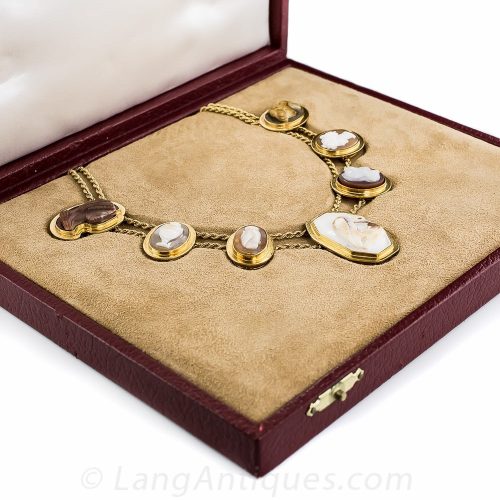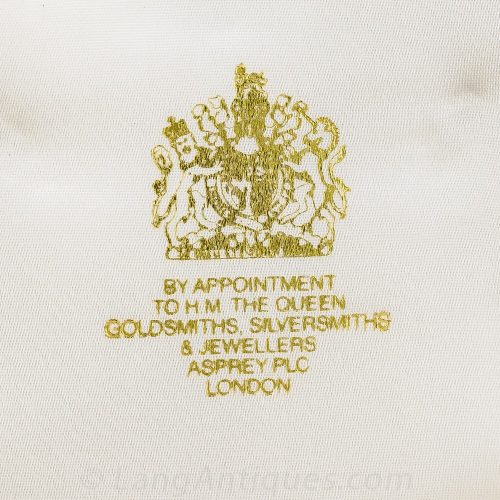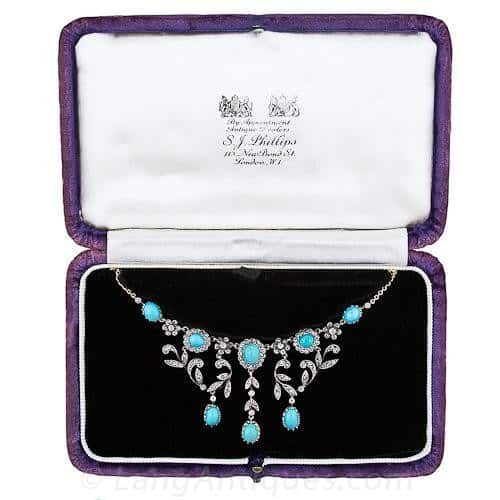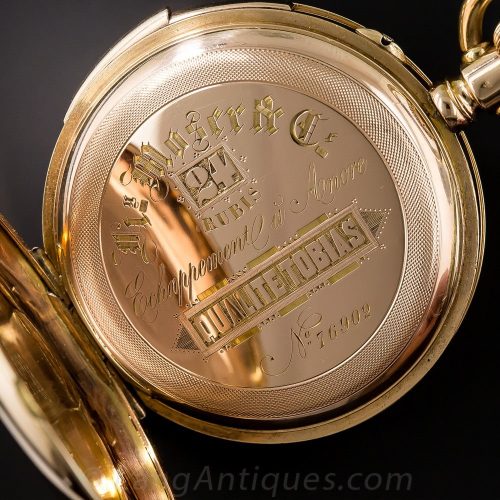



Provenance is the documentation of a historical item’s origins and travel through time. Photographs, written accounts, receipts and word of mouth all constitute provenance, with “concrete” forms being held in higher regard than colloquial accounts. In jewelry, the historical record of ownership can add value to a piece, particularly if it was manufactured, owned or worn by a person or firm of note. Provenance is also used to help pinpoint the date or era of jewelry manufacture thus validating the antique status of estate jewelry pieces.
Jewelry Maker’s Marks, hallmarks, inventory marks, sales records, gemological laboratory certificates and fitted jewelry boxes all contribute to jewelry provenance, especially when establishing who made the item and when. Appraisals and letters of authenticity from the jewelry house of manufacture are also valuable in authenticating provenance. Written statements from previous owners, signed and authenticated, can be considered, although weighted as to authenticity.
The origin of a gemstone (i.e. Colombian emerald) and the name of the designer or manufacturer of a jewelry piece (i.e. Tiffany & Co.) are also referenced by some as provenance.



